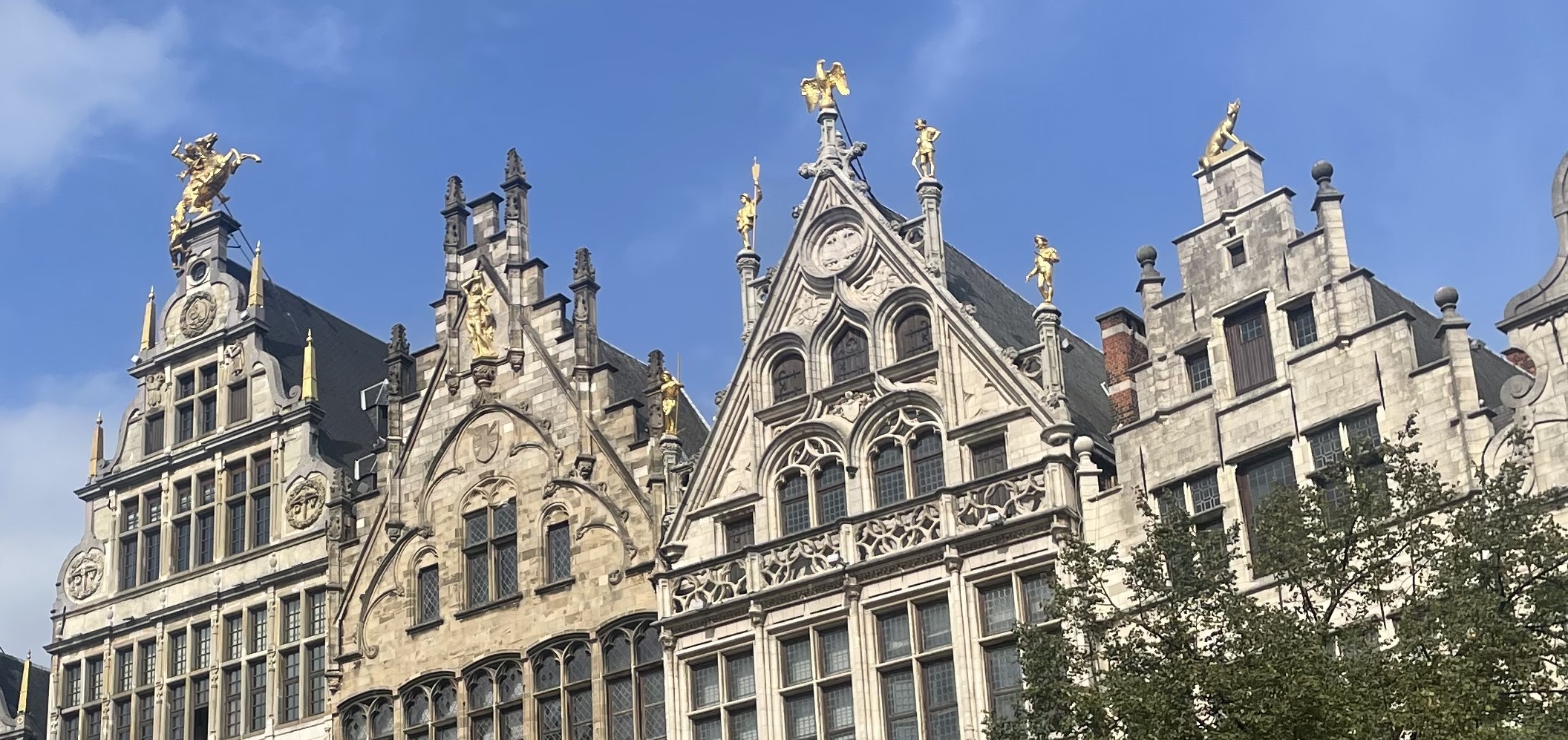A chill wind from the east brought a touch of winter to Oslo last week as WAN-IFRA hosted its Newsroom Summit in the Norwegian capital. The atmosphere among speakers and delegates was, however, mostly – but not entirely – sunny.
Scandinavia is the home of many successful digital news publications and they stand as examples for everyone trying to win at this tough old game. Yes, they benefit from high disposable incomes and the people who are most likely to pay for online news in the world (42% of Norwegians do!), but the focus, the cross-company collaboration and their willingness to experiment is what really make them the ones to emulate.
For a start, they are very clear on what their brands are, how they serve readers and what their business models look like. Siv Juvik Tveitnes, executive vice president at Schibsted News Media, was able to explain very clearly what roles their publications serve.
There are the “primary news destinations” – VG in Norway and Aftonbladet in Sweden – which are monetised by ads; then the “premium subscription brands” – Aftenposten and Svenska Dagbladet – which of course offer subscriptions; and finally “niche brands and new models”, such as Podme, the podcast provider, which are monetised by a mix of ads and subs.
How are they doing? More than 90% of traffic to VG and Aftonbladet comes direct; more than 80% of Aftenposten and Svenska Dagbladet’s revenue comes from subscriptions; and Podme is “the fastest growing subs product we have ever seen”, said Tveitnes. Overall the brands reach more than 80% of Swedes and Norwegians every week.
Hearteningly, and interestingly given Schibsted’s high market penetration with paying readers, Tveitnes said they see this as “early days for subscriptions”, adding that “users want content tailored to their needs and they are prepared to pay for it”.
They are not resting there. Tveitnes said that publishers “need to have the guts to disrupt ourselves” and pointed out that VG has always been an early adopter of new tech before it becomes mainstream. At the moment this is manifested in significant investments in audio and AI. These are always brands worth watching closely.
Innovation was not just on display from the biggest brands in attendance. Richard Prest, head of content development at DC Thomson, spoke about how the Scotland-based publisher decided in 2019 to pivot to digital subscriptions and target specific communities, including local news, energy, mental agility, and Generation Alpha (the latter through its irreverent comic The Beano).
Focusing on their efforts in local news, he explained how they had gone from 1,200 subs in 2020 to more than 30,000 now. That incredible growth was powered by reorganising their operation, bringing editorial, product and commercial teams closer together. I particularly liked the sound of their cross-functional “publisher teams” that were spun up to tackle individual topics, such as politics or food and drink, and given access to shared services like product or social teams.
A similar concept was implemented at NWT Media, a Swedish local media group with 16 titles. For them, the teams were called “premium teams” and were formed around individual stories or series of linked stories. Formed by representatives from the newsroom, editorial development, marketing, data and product, they now address 35 stories a month with the view to producing “more engaging, surprising and innovative journalism”.
An example was a series of stories that addressed the concerns of new students at Karlstad University, from where to live to the price of beer. The result has seen a shift in their user demographic. In 2021, they had more subscribers over 80 than under 45; now 80% of their new subs are under 45.
I’m amazed I’ve gotten this far without mentioning AI. It was of course a large part of conversations both on stage and off.
Markus Knall, chief editor at Ippen Media in Germany, urged sometimes wary media groups to experiment as soon as possible. There’s no point in trying to outline a strategy for generative AI yet, he said, because it’s very likely you don’t know enough about it. Instead you should start a few test projects and learn what you can. Then you can make a strategy.
He said, however, that we shouldn’t be overawed by generative AI because we have been using AI for years in activities as simple as Google searches. “This is the age of algorithmic journalism – generative AI is just another algorithm.”
Overall, Knall believes that generative AI will reinforce existing trends in journalism. In particular they are the reduction of production costs, the ability to provide individualised UX and platform dominance.
He also remarked that senior management needs to take the time to understand the emerging AI landscape, in part so people in the newsroom know that they have to change to accommodate it. His point was echoed by Uli Köppen, head of AI at the German public broadcasters Bayerische Rundfunk: “If senior management doesn’t understand what you’re doing, you’re doomed.” Well said.
I said the atmosphere wasn’t entirely sunny. Oksana Brovko, chief executive of the Association of Regional Press Publishers of Ukraine, gave an at times heart-breaking but always inspirational talk about what it means to be a journalist in a country under attack. Her presentation, watched by many delegates with tears in their eyes, was peppered with pictures of colleagues who were now on the front lines.
Brovko brought the room to silence when she said: “Our journalists see their professional and personal lives cross over all the time. When a rocket hits your town – do you run to pick up your child from school? Or do you go to report the attack.” How small the “culture war” concerns of some newsrooms seem compared with the reality of actual war.
.svg)
.svg)
